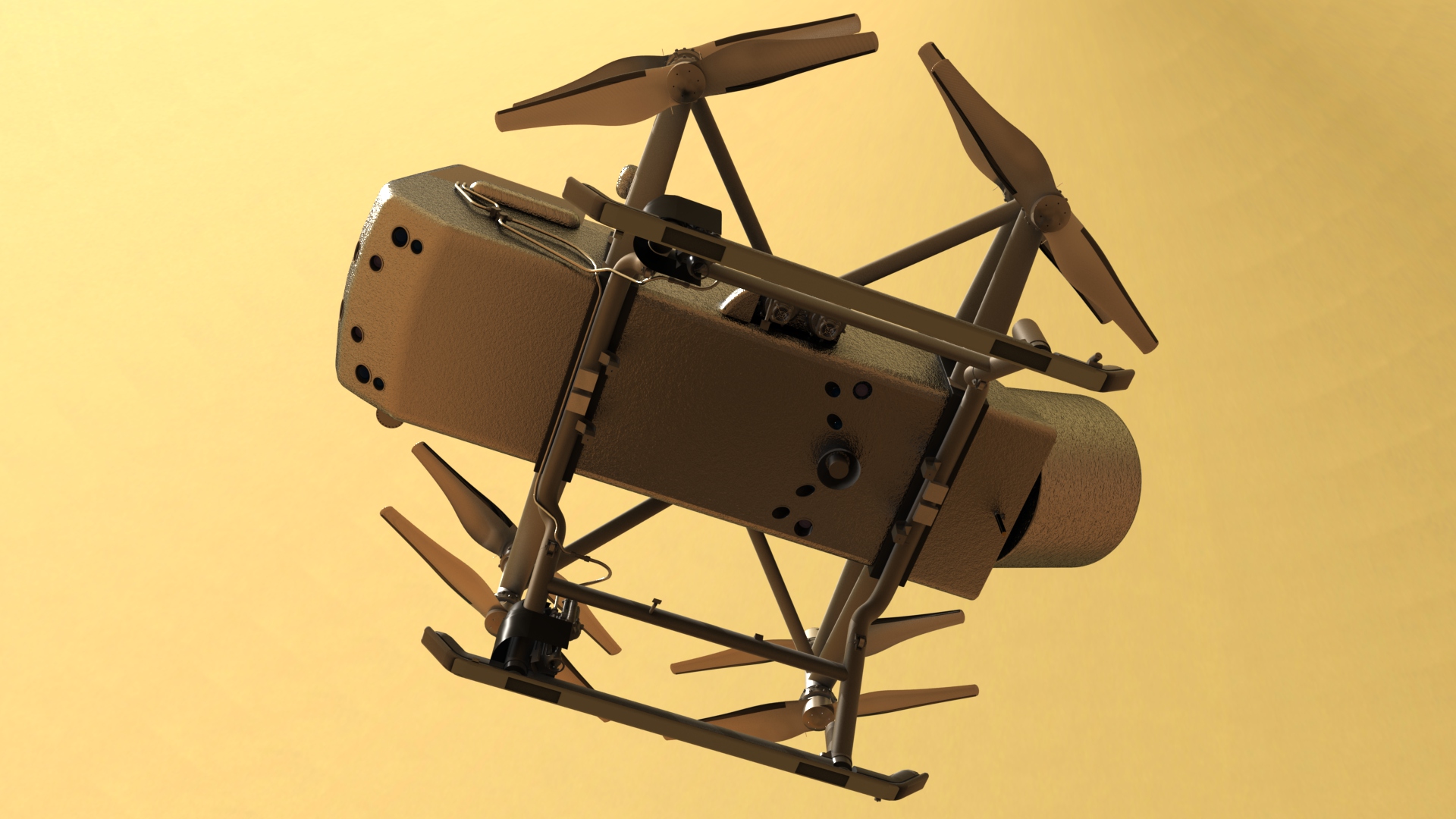Unstung
Active member
NASA's New Frontiers planetary missions are valued at about $1 billion dollars bucks USD each and the selection of the latest in this series is approaching. NASA will choose the winner in 2019, however two or three finalists will be selected later this year. Unlike the cheaper Discovery missions, New Frontiers spacecraft have their destinations preselected during the Decadal Survey (with possible changes). For New Frontiers 4, missions are allowed to visit six different destinations:
The destinations of 11 of the 12 proposals are known, yet none of them will visit Jupiter trojans (may be due to Lucy). More information on each of the known missions is in the article linked below.
Future Planetary Exploration: "Proposed New Frontiers Missions"
This thread is for updates on the New Frontiers 4 mission prior to the final selection.
- Venus' atmosphere and surface
- Jupiter trojans
- Saturn's atmosphere
- A comet's surface for sample return
- Lunar south pole for sample return
- Ocean worlds Titan and Enceladus
The destinations of 11 of the 12 proposals are known, yet none of them will visit Jupiter trojans (may be due to Lucy). More information on each of the known missions is in the article linked below.
Future Planetary Exploration: "Proposed New Frontiers Missions"
This thread is for updates on the New Frontiers 4 mission prior to the final selection.
Last edited:



